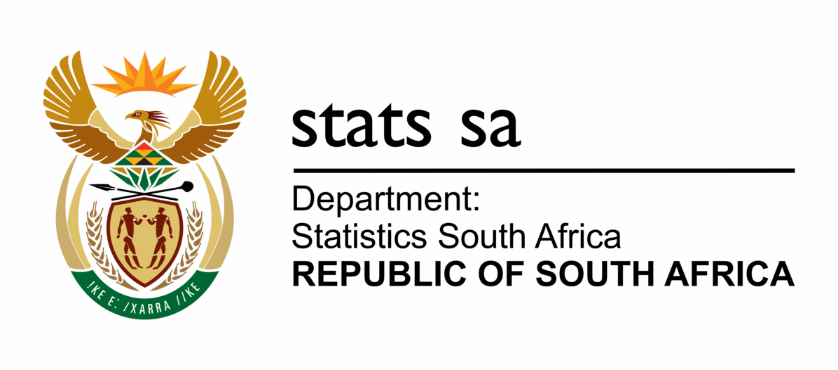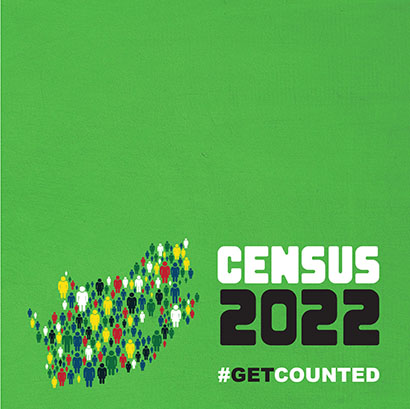
Electricity: a vital resource for municipalities
Municipalities generate most of their revenue from electricity sales. Those involved in providing services buy electricity from producers (such as Eskom) and then resell the power to households, businesses and other institutions. The resulting surplus from this trade is a vital source of income. Electricity’s contribution to revenue Municipalities spent R50,2 billion on electricity purchases in read more »
MEDIA RELEASE: Census 2022 Population Count Results 10 October 2023
Background Census 2022 was the fourth census after the advent of democracy, with the other three being conducted in 1996, 2001 and 2011. This was the first-ever digital census in South Africa. Census information was collected via a digital questionnaire, using three modes of collection: Computer-assisted Personal Interview (CAPI), where fieldworkers visited households and conducted read more »
Census 2022 shows South Africa’s population grew to 62 million
The latest Census results show that the South African population grew to 62 million in 2022. Gauteng remained the province with the highest population (15 million), while Northern Cape has the smallest population at 1,3 million. The Western Cape has moved from being the 5th-largest province in terms of population size in 1996 to being read more »

Economic wrap-up for September 2023
Stats SA published a variety of reports, statistical releases and discussion documents in September. Here is a rundown of key economic indicators. GDP: SA invests in machinery & equipment and households cut back on spending In September, Stats SA released both national and provincial gross domestic product (GDP) figures. On the national front, GDP recorded read more »
Stats Biz – September 2023
After a two-year hiatus, Stats SA released an experimental set of provincial gross domestic product (GDP) data. Gauteng may be the smallest of the nine provinces in terms of area size, but it has the largest economy. In fact, Gauteng’s economy is larger than the economies of KwaZulu-Natal and Western Cape combined. Explore the latest read more »

New samples for monthly business cycle indicators
In September 2023, Statistics South Africa (Stats SA) published the results of a number of monthly surveys, which are based on new samples. These are: P3041.2 – Manufacturing: Production and sales; P6141.2 – Wholesale trade sales; P6242.1 – Retail trade sales; P6343.2 – Motor trade sales; P6410 – Tourist accommodation; P6420 – Food and beverages; read more »

Recent shifts in company income tax
Although the mining industry strengthened company tax collections after the COVID-19 pandemic, its momentum has recently waned. The importance of CIT Company income tax (CIT) was the third largest source of government tax revenue in 2021/22, according to the South African Revenue Service (SARS).1 Personal income tax was the largest contributor (35,5%), followed by value-added read more »

Jobs in the non-agricultural sector rise in the second quarter of 2023
The formal non-agricultural sector added 39 000 jobs in the second quarter of 2023, reaching almost 10,1 million jobs. According to the latest Quarterly Employment Statistics (QES, Q2:2023) survey released by Stats SA, there was a year-on year net increase of 104 000 jobs. Between March and June 2023, total (full- and part-time) employment rose read more »

Stats SA releases new provincial GDP figures
After a two-year hiatus, Stats SA has released an experimental set of provincial gross domestic product (GDP) data. Provincial-level figures used to be included annually with the GDP release. Following the publication of the 2019 data, the provincial series was temporarily held back as Stats SA embarked on a complete revamp of national accounts. This read more »
Stats SA set to hand over Census 2022 results on 10 October 2023
The Statistician-General, Risenga Maluleke, will hand over the Census 2022 report to His Excellency, President Cyril Ramaphosa, in Pretoria, and announce the results of the population and housing count to the country. Census 2022 was the fourth population and housing count in post-apartheid South Africa, the first being conducted in 1996, and subsequent censuses being read more »



